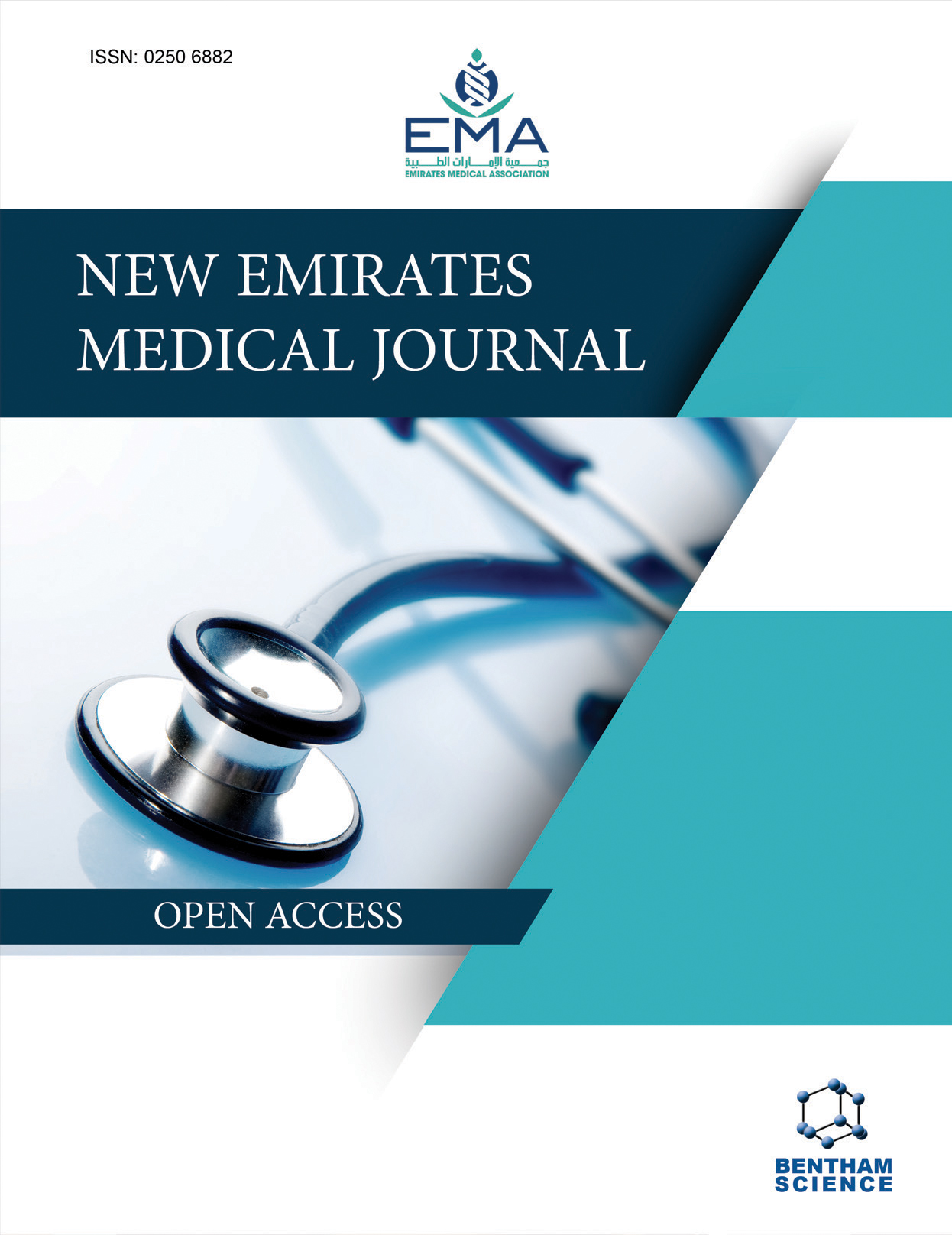-
oa Death and COVID-19 Anxiety and its Association with Patients' Experiences and Satisfaction in the COVID-19 Outbreak
- Source: New Emirates Medical Journal, Volume 5, Issue 1, Jan 2024, e02506882348462
-
- 05 Sep 2024
- 15 Jan 2025
- 01 Jan 2024
Abstract
With the spread of COVID-19 around the world, this disease became a serious threat to global health and exposed people to coronavirus anxiety and death. Hospitalized patients have faced more anxiety about coronavirus and death, which can affect both the experiences and satisfaction of patients.
The present study investigated the relationship between death anxiety, COVID-19 anxiety, experiences, and satisfaction of patients during the COVID-19 outbreak.
This correlational study was performed on 239 patients admitted to Ali-Ibn Abi-Talib Hospital of Rafsanjani, southern Iran, during the COVID-19 outbreak. The socio-demographic characteristics, Templer death anxiety scale (DAS), Corona disease anxiety scale (CDAS), short-form of the Hong Kong inpatient experience questionnaire (SF-HKIEQ), and patient satisfaction instrument (PSI) were used to collect data. The data were then analyzed using SPSS 25.
10.9% of participants had high COVID-19 anxiety, and 69.0% had high death anxiety. 77.8% of the participants had problems in the inpatient experience. 69.9% of participants were dissatisfied, and 30.1% had moderate satisfaction. A significant negative correlation between death anxiety and COVID-19 anxiety (r = -0.13; p = 0.04) was observed. Death anxiety hurt experiences, and COVID-19 anxiety had a positive impact on patients' experiences. Also, we found a significant positive correlation between experiences and patients' satisfaction. COVID-19 anxiety, age, death anxiety, and infection with COVID-19 predicted 37% of the variance of patients' experiences. COVID-19 anxiety, inpatient experience, and marital status predicted 14% of the variance in patient satisfaction (p < 0.05).
Patients have experienced high levels of death anxiety and moderate levels of COVID-19 anxiety during the outbreak of the COVID-19 pandemic, which has affected their experiences and satisfaction. Professional assistance is needed to improve patient experience and satisfaction during pandemics such as COVID-19 disease. The results of this study may help to prepare suitable future interventions and programs to increase patient satisfaction in hospitals.



